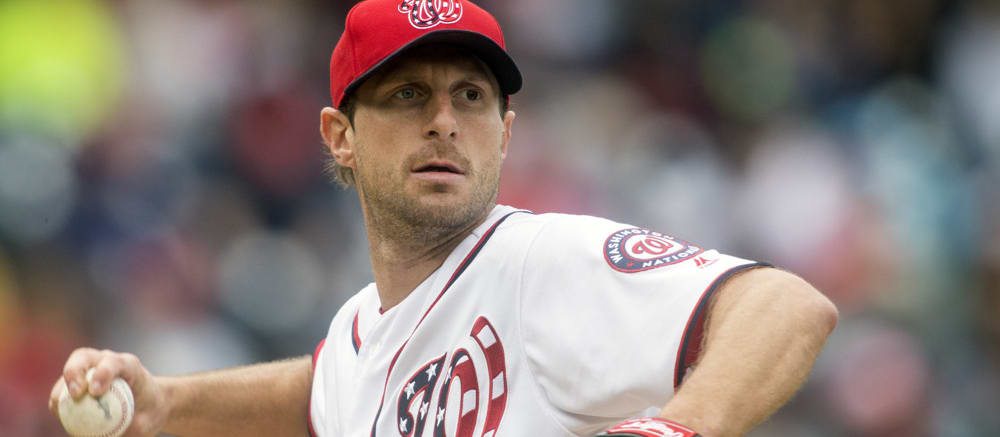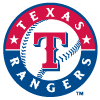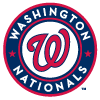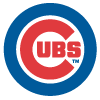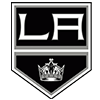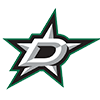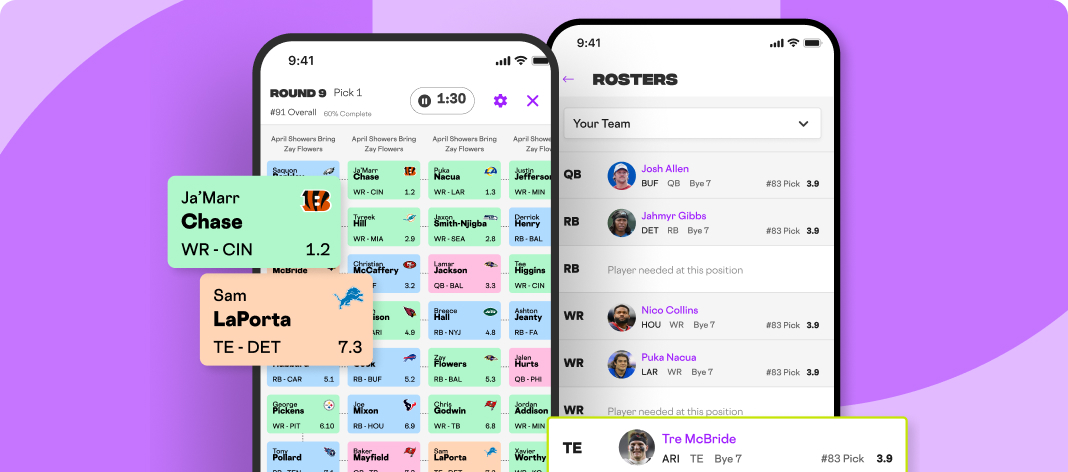While I oppose the concept of target drafting (a story for another day), I have a target ERA in mind when assembling my fantasy staff. Admittedly, ERA isn't the best metric to use since there's a good deal of luck-based variance to it, but we intuitively recognize what a particular ERA is "worth" more easily than WHIP. After reading the procedure, if you want to undertake it with WHIP instead, go for it. Generally, unless you draft an excess of groundball or fly ball pitchers, WHIP dovetails closely with ERA, at least using projections. In-season, good or bad luck for a high-innings starter can skew the correlation. As will be explained, I've designed the process such that strikeouts also fall in an acceptable range.
The method will be described using data from the National Fantasy Baseball Championship (NFBC) 15-team mixed contest. One reason is NBFC drafts are already underway, so there's a practical application, but also because the necessary information is available. The principles transcend all leagues, so you can customize it by plugging in your own league parameters.
Based on recent NFBC results, I'm targeting a 3.60 ERA, looking for 12 points.
While I oppose the concept of target drafting (a story for another day), I have a target ERA in mind when assembling my fantasy staff. Admittedly, ERA isn't the best metric to use since there's a good deal of luck-based variance to it, but we intuitively recognize what a particular ERA is "worth" more easily than WHIP. After reading the procedure, if you want to undertake it with WHIP instead, go for it. Generally, unless you draft an excess of groundball or fly ball pitchers, WHIP dovetails closely with ERA, at least using projections. In-season, good or bad luck for a high-innings starter can skew the correlation. As will be explained, I've designed the process such that strikeouts also fall in an acceptable range.
The method will be described using data from the National Fantasy Baseball Championship (NFBC) 15-team mixed contest. One reason is NBFC drafts are already underway, so there's a practical application, but also because the necessary information is available. The principles transcend all leagues, so you can customize it by plugging in your own league parameters.
Based on recent NFBC results, I'm targeting a 3.60 ERA, looking for 12 points. The average number of innings per team is around 1350, so the calculations will be based on that.
The general strategy will be to start seven starting pitchers and two closers almost every week, with the occasional six and three combo, as dictated by matchups or needs towards the end of the season. The intent is to draft five starters to use just about every week, only occasionally streaming a better option. This leaves two spots to stream lesser hurlers with good matchups, two-start weeks or add the third closer.
The following is a change from the method I've outlined in the past, accounting for playing matchups. I set a target ERA for my last two spots, being realistic with respect to my ability to find strong spot-starters. For this format, I've settled on a 4.00 ERA. This also factors in using a third closer on occasion. I estimate those spots amassing 365 innings, figuring I'll find one two-start guy each week who tosses about 10 innings (260 IP) and splitting the other spot between a closer and a spot starter with a good matchup, averaging about four innings a period between the two (105 IP).
After backing out 365 IP with a 4.00 ERA, 985 frames with a 3.45 ERA is needed from the rest of the staff to meet the objective. The tiers are designed to carry this out.
Each tier consists of a group of pitchers pretty close in ERA and innings. Sure, one will be projected for the best ERA in the tier and one with the worst, so they're not really equal, but for the purpose of this procedure, they're all considered the same guy. This is reasonable since there's a decent amount of variance around ERA. Again, if you're more comfortable doing it with WHIP, feel free. It's just we intuitively know what a 4.00, 3.60 or 3.45 ERA pitcher is, we aren't as quick to recognize the corresponding WHIPs.
Each tier is assigned an average ERA and innings level. This is done for starters and closers. In this model, there are 15 teams, so in order to accommodate the five spots we need to fill, 75 starters are included. I usually only tier 25 or so closers since some project to an ERA so high it isn't practical to use them. While both tiers are still in flux this early, the closer tier is more "subject to change".
Here's the way to handle pitchers whose ERA belongs in a specific tier, but who project to a lower number of innings or strikeouts than the rest of the group. Simply drop them down a tier, maybe two, depending on the extent of the disparity. Then, if you draft them, be aware of the deficiency, especially if it's in whiffs. That is, if you sense your punchouts aren't great, avoid a guy with a better ERA in a lower tier.
Now we're ready to build a staff. With some help from Excel (the customizable spreadsheet is available for download at the bottom of this article), I map out several pathways to the target ERA, mixing them up, covering all the possibilities (wait on pitching, two aces early, wait on closers, two elite closers etc.).
Here are the actual tiers, with the current round each hurler is being drafted in. The order is how I would presently draft within each tier.
Here's a table showing the average ERA and innings per tier, along with the number needed from each to land on the targets (3.45 ERA, 985 IP) for five pathways:
| Pitcher | ERA | Innings | Plan 1 | Plan 2 | Plan 3 | Plan 4 | Plan 5 |
| SP1 | 2.50 | 210 | 0 | 0 | 1 | 0 | 0 |
| SP2 | 2.88 | 200 | 1 | 0 | 0 | 0 | 0 |
| SP3 | 3.34 | 180 | 1 | 2 | 0 | 2 | 1 |
| SP4 | 3.55 | 180 | 1 | 1 | 1 | 2 | 2 |
| SP5 | 3.73 | 165 | 1 | 1 | 1 | 1 | 1 |
| SP6 | 3.86 | 160 | 0 | 1 | 2 | 0 | 1 |
| SP7 | 4.16 | 175 | 1 | 0 | 0 | 0 | 0 |
| CL1 | 2.45 | 65 | 0 | 0 | 0 | 0 | 2 |
| CL2 | 2.78 | 65 | 1 | 2 | 0 | 1 | 0 |
| CL3 | 3.43 | 65 | 1 | 0 | 2 | 1 | 0 |
| Final ERA | 3.46 | 3.45 | 3.44 | 3.45 | 3.45 | ||
| Final IP | 1030 | 995 | 1005 | 1015 | 995 |
Please note SP1 isn't your first starting pitcher, SP2 your second, etc. They refer to the tier level. Before breaking down each plan, let's think about needing a composite 3.45 ERA to reach the target. Those continuing to obstinately wait on pitching too long cannot build a competitive staff. In order to land on 3.45, a foundation with an ERA below 3.45 needs to be put in place. Obviously, everything is contextual, but often, SP3 (average ERA 3.34) is dried up by the end of Round 5. If you don't have a starter in your first five picks, you better put together a crushing offense to make up the lost pitching points, or do a masterful job managing. Sure, it can work, but your margin of error is minimal.
Plan 1
The general strategy is (hopefully) not having to double-tap pitching when you're close to the wheel and want to draft a hitter too. It turns out you can wait on closers, which is always a nice bonus. Two starters by Round 5, another by Round 9, another by Round 13 and one late, then grabbing a closer before Round 11 and another before Round 20, gets the job done. This requires four total arms by Round 10 or so, which is quite doable.
Plan 2
Here, waiting a little longer on the first starter then compensating with a better second closer hits pay dirt. This likely requires two starters between Round 3 and Round 5, with the risk being waiting until Round 4 could mean missing out on your second arm if an unexpected run happens. If it does, move the SP6 to SP5 or take a CL1.
Plan 3
The Max Plan. Drafting Scherzer means you can hold off until at least Round 5, and perhaps as late as Round 9, for your next starter. You can also wait on closers. While this pathway still works when taken to that extreme, I prefer to build a better staff, really taking advantage of just how influential Scherzer is compared to the rest of the field. Instead of 12 points, maybe I get 13 or 14, without sacrificing hitting. Therefore, Scherzer is in play with 1.03. I'll grab Mike Trout or Mookie Betts before Scherzer, but after that he's likely my pick.
Plan 4
This is like Plan 2 with a better second closer. It's possible to start with three bats, followed by a starter in Round 4, three more arms (one a closer) by Round 9 and another starter soon thereafter. The chance taken with this course is a huge run in Round 3, putting you at the bottom of SP3 tier for both required starters.
Plan 5
Ah yes, the famous double-tapping closers at the wheel ploy. After playing around with all options, it's necessary to take a starter before Round 5, which essentially defeats the purpose of the gambit. The reason it's not as effective this season is that elite stalwarts Craig Kimbrel and Kenley Jansen carry more risk than they used to. Usually, CL1 is a smaller tier with a lower average ERA. If your ERA estimations are better, it could still work.
All five plans are viable. They nail the targets as well as being practical in terms of when it's necessary to draft each. What about the final two spots and reserves? The approach isn't simply draft the highest remaining from the tiers before having to go outside the Top 75. Keep in mind you're aiming to spot-start this group with favorable matchups. Choosing options more likely to be in that scenario facilitates hitting the 4.00 ERA target discussed earlier. Pitchers with favorable home venues are ideal. National League starters are better than their American League counterparts. It's probably best to avoid someone in the AL East as they're often challenged with facing the Red Sox and Yankees, great offenses in hitter's parks. On the other hand, the AL Central is weak so it's OK to overlook the American League aspect. The NL West is nice to target, especially since Chase Field is no longer a launching pad, so it's only Coors Field starts that require caution. Ignore the projected ERA, since you're only going to use these back-end starters at home, etc., where their numbers should be better.
A name conspicuous by its absence is Josh Hader. Your mileage may vary, but as good as he is, he's a hindrance to roster construction at his current price. Right now, it takes a late sixth, early seventh to get him. Sure, he crushes ratios with a lot of whiffs for a reliever, but he's a detriment in wins, saves and probably strikeouts. Dominant set up men are fine for streaming in lieu of a third closer, but not at that exorbitant cost.
Before calling it a day, there's a 400-pound gorilla hanging around. In almost every tier, I have someone ranked ahead of the market. For example, Charlie Morton in SP3 and Luis Castillo in SP4. If I'm feeling frisky, I can wait and hope the ADP holds true to form, taking hitters in the interim. The result is a staff with the target ERA but with a stronger offense. The risks here are being sniped, as well as being wrong with my evaluation. I learned my lesson the hard way last season by drafting Robbie Ray, Luis Castillo, Sonny Gray and Zack Godley in this manner. Instead of waiting and getting (what I consider to be) an SP3 or SP4 several rounds after I have them ranked, my adjusted approach is to draft other arms in those tiers first. That way, when I draft someone like Morton, instead of having to fulfill the specifications of an SP3, there's a buffer as I only need them to perform like an SP5, SP6, etc. If they meet my expectation, my staff is better and maybe I get 13 points, not 12.
Click HERE to download the ERA target calculator.


